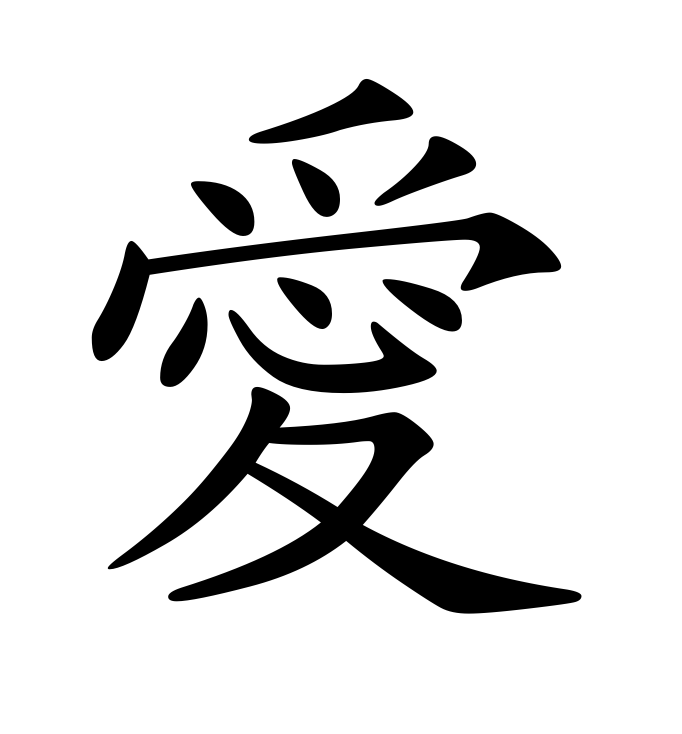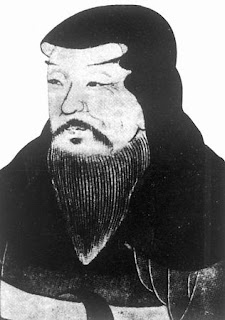So an innocent question under one of my videos about Chinese character etymology
(
https://youtu.be/Svb7rulL5aE) led me to about an hour of research and I wrote a reply to the comment which I thought was worth publishing as an entire article on my blog. Gotta love science :)
The main reason why I thought this comment was worth publishing as an article was (apart from the fact that it was hopefully good research and took some time), that it is absolutely paramount to understand that people should be scientific and very careful not to interpret the structure of Chinese characters purely based on what they see today and resort to or believe Chinese character Zen story telling. I really can't stress this enough.
As Wikipedia teaches us about the Scientific method: "It (the Scientific method) involves careful observation, applying rigorous skepticism about what is observed, given that cognitive assumptions can distort how one interprets the observation."
This could not be more true when it comes to Chinese characters.
The character I analyzed 黎 (which is today pronounced lí and today means 'many, numerous') is today structurally made up of 禾 (grain) 人 (person) 水 (water) and a mysterious 勹 + 丿
I could come up with 20 different Zen combinations as to how grain + person + water + (勹 + 丿) could mean 'many, numerous'. Try it yourself before you read the rest of the article and compare it to what I wrote. Just for the fun of it and just off the top of my head:
黎 character
Modern meaning: many, numerous
Modern pronunciation: lí
Structural composition today:
禾 (grain)
人 (person)
水 (water)
and a mysterious 勹 + 丿
Top of head, seemingly cool interpretation:
'It's a person having to endure the burden of
a lot of work because he has to irrigate
a lot of grain with
a lot of water'. All pointing to the meaning '
many, numerous'.
Let's pretend the 勹 + 丿 is not even there.
It took me, as someone who has spent a lot of time researching Chinese characters, about 30-60 minutes of research with a lot of modern tools to really understand the structure of this character and there still are blind spots in the analysis as you will see. What I'm trying to say is that if someone gives you a cool, funny, mysterious, 'Zen' interpretation of a character (like: 'It's a person having to endure the burden of a lot of work because he has to irrigate a lot of grain with a lot of water' in the case of 黎), please be very skeptical. There usually is much much more to it. Based on the difficulty of researching only this one character hopefully you will be able to appreciate why being scientific is a good thing.










